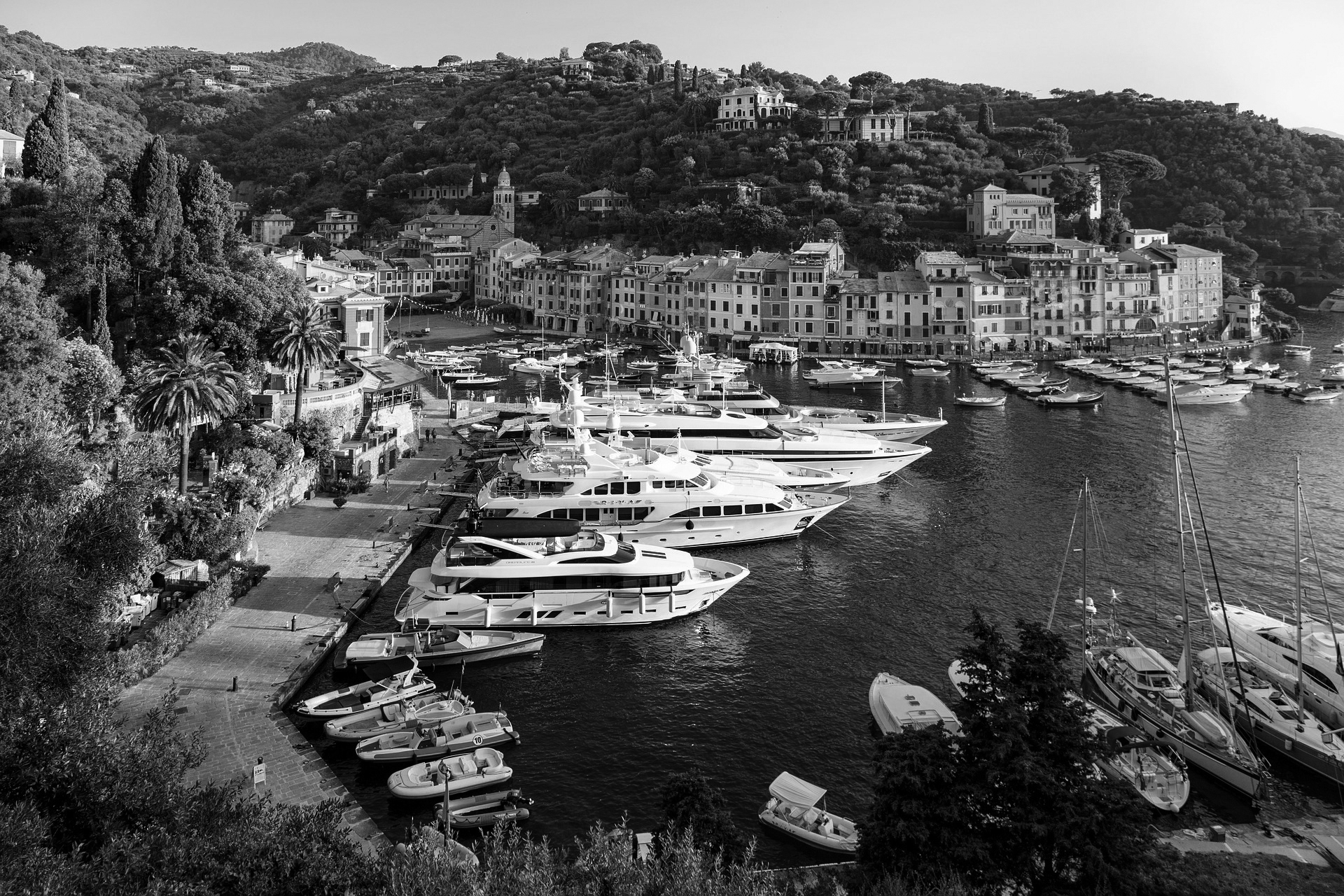Originally published October 2022.
Part 1: an introduction for investors.
We’ve all heard the old axiom: if it floats or flies, rent don’t buy. So, how does one treat a marina with its innumerable floating components? Marinas are niche real estate assets with one defining characteristic in common: a waterfront location. Most property investors or developers would salivate over a portfolio of real estate assets all containing some element of water frontage and many do. However, there is more to the sector than meets the eye and a growing interest in the market too.
Historically, I have often heard marinas referred to as ‘car parks for boats’. This might initially sound appealing to a potential investor thinking in terms of small scale, high volume, regular rental income, low operational costs and a stake in the underlying real estate. If only it were this simple. Marinas are, however, the ultimate hybrid asset. Part wet and part dry, sometimes saline, sometimes riparian, tidal or non-tidal, conditions vary hugely, as do environmental issues and operational costs. Marinas can have both leisure and industrial components; they can simultaneously have a number of operational businesses working alongside a commercial property landlord. And in other cases, there are even residential considerations to take into account where live aboards are concerned.
“There are also marinas in some portfolios which are run on management contracts, with no underlying real estate asset at all”
Then there are underlying ownership issues to consider. Arguably, these have the biggest impact on marina valuations. In the United States, where the fee simple title prevails, the ownership of marinas may be quite straightforward. This is less so when entering the UK or European marina space, as a handful of American investors have been recently finding out. In the UK, a long leasehold ownership model can sometimes be interpreted as ‘a lease in name only’, depending upon its duration, and the rights and control retained by the ultimate landlord. In Europe, marina ownership is often defined by a concession agreement with the local government. These concessions tend to have shorter terms, with 30-50 years being most common and sometimes no guarantee of renewal. Beyond this, there are also marinas in some portfolios which are run on management contracts, with no underlying real estate asset at all.
Depending on the terms of the overarching lease, marina operators may choose to monetise their assets in a number of different ways, with some strategies not dissimilar to the ‘bricks and mortar’ residential property sector. For instance, some marina berths can be sold on medium-term leases (say 35 years) to raise large chunks of capital. Often, this model is used by an original marina developer to fund the capital cost of constructing the marina in the first place. This has been happening most recently in the Mediterranean, where marinas are being developed and re-developed much more frequently than in the UK or northern Europe. For boat owners looking for less than 35 years commitment, most marinas offer annual berthing contracts, which have their land-side equivalent in a residential AST. But of course, ships are not meant to remain in harbour, so marina owners also need to retain a certain number of berths for transient yachts, and actively manage those berths to maximise revenue and customer demand.
Then there are considerations around market trends and all-important customer needs. Prior to the series of lockdowns in the UK, there were reports coming out of the marine sector which concluded that boat ownership is in decline because, “if people cannot afford homes, how can they afford boats?” This sort of blanket conclusion can be misleading to a marina investor, because the definition of a boat is not always limited to those which require marina or pontoon access, and owners of boats requiring marina access tend to be in the top wealth percentiles.
When it comes to pleasing the customer, most marina operators would be wise to understand the local demographic. In any location, there are bound to be local events and experiences which can be offered to customers, from seafood markets, restaurants, sporting events and spa services to yachting rallies, races or boat shows. However, quality customer engagement requires detailed, enthusiastic, on-the-ground management and relationship building. This is likely to be easiest from those operating on site, rather than from a remote head office.
“Those with the happiest customers and highest revenues tend to be those where owners, guests and crew are all having a good time”
The best marinas I have seen, ie, those with the happiest customers and highest revenues tend to be those where owners, guests and crew are all having a good time. I assume this goes without saying, especially as the same concept has been alighted upon by the build-to-rent residential sector, which seems to recognise that when people are enjoying themselves, they are prone to spend more time and money in those places where the enjoyment is to be had.
Notwithstanding the above, the European marina space is becoming more interesting to professional investors by the day. In the US, institutional operators such as REITs were only recently granted consent to enter the marina market. This has resulted in the creation of a handful of large portfolios ‘on the other side of the pond’. Some of these operators have begun exploring the European market. Given the European market is approximately 85% the size of the US and arguably far less cohesive, this could form an interesting opportunity for operators and investors ‘on this side of the pond’, particularly for those who already possess a keen interest or knowledge in property, yachting and other water-borne pursuits.








